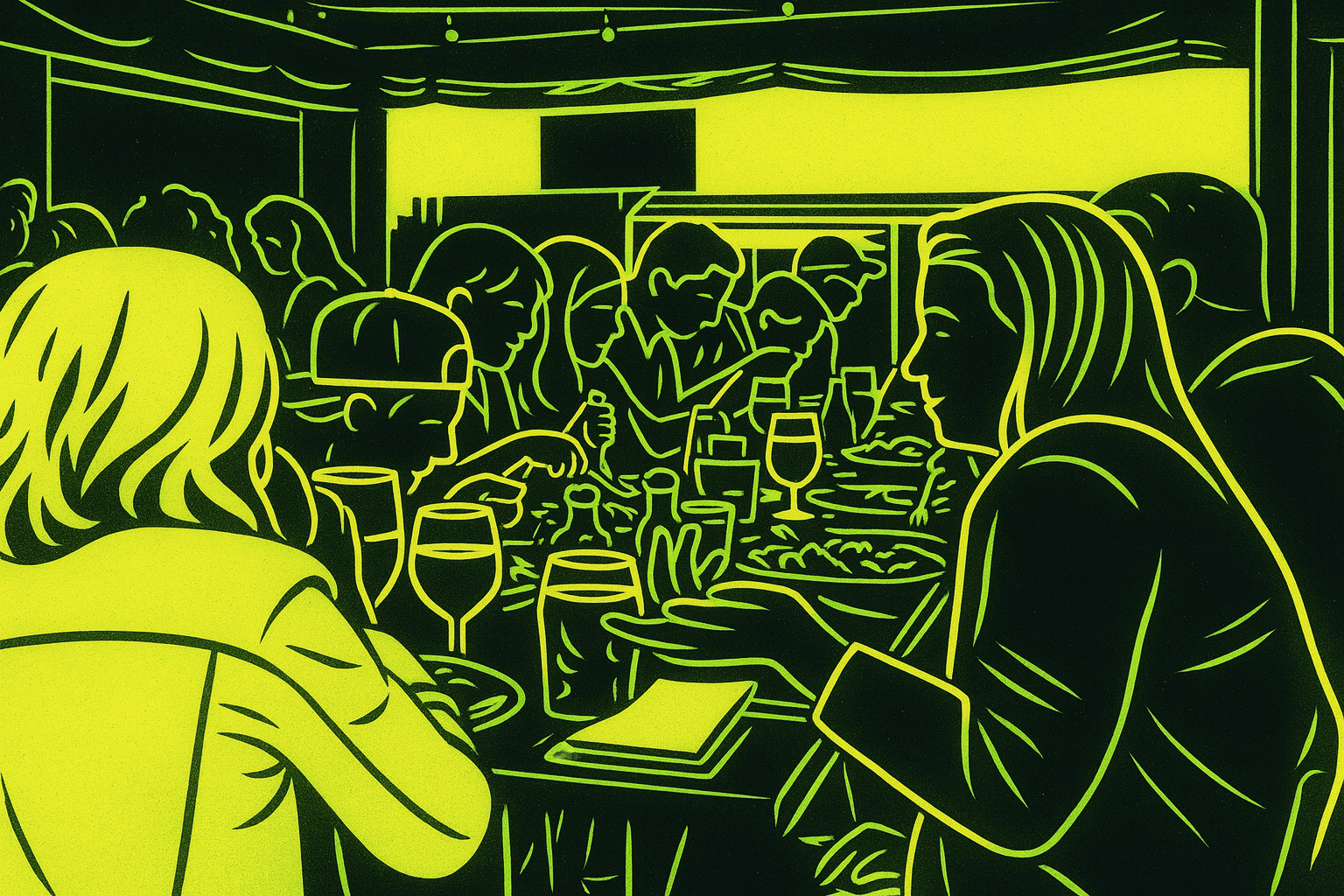True resistance doesn’t scale, it fragments into encrypted trust networks built for endurance, not exposure. This guide shows how to build your own community of quiet defiance using decentralized trust, compartmentalized ops, and low-footprint comms tools like Signal, SimpleX, and CryptPad. Learn why visibility is vulnerability, and why the future of rebellion is small, encrypted, and untraceable.
Networks of trust. Encrypted groups. Small cells. That’s how resistance survives.
Big platforms want you loud, visible, and easy to catalog, but the real work happens in the quiet. Rebellion doesn’t scale well and it’s not supposed to. You don’t need everyone. You only need a handful of people you’d trust with your location, your contact information, your real name.
The Myth of the Massive Movement
Everyone romanticizes mass resistance. Marches. Hashtags. Viral moments. But anything large is easy to map. Easy to infiltrate. Easy to crush.
The State learned from Occupy, from Arab Spring, and from every visible flare up before or since.
Visibility is vulnerability. You want real resistance? Build small. Build slow. Build tight.
The Structure That Survives
Here’s how we stay operational under pressure:
- Decentralized trust. You don’t need one big group. You need five people who know five others.
- Encrypted comms. Signal with safety numbers. Session with no phone number. SimpleX if you’re paranoid.
- Compartmentalization. Everyone doesn’t need to know everything. Keep knowledge minimal and purpose driven.
- Shared protocols. Agree on what happens if someone goes dark. Have fallback channels. Have exit procedures.
This is a war of attrition, not conquest. Your network needs to bend, not break.
How to Start a Quiet Cell
Most people think this is difficult, it’s not. You just need to tap the people around you who are already halfway there.
Look for:
- The neighbor who only pays in cash.
- The friend who won’t install TikTok.
- The coworker who read “1984” and got mad instead of sad.
Start with shared values. Then layer tools.
Use dead simple platforms:
- SimpleX or Briar (for burner comms)
- CryptPad (for planning)
- Wormhole (for sharing files)
The key is low footprint, high trust. Don’t recruit. Invite. Don’t announce. Signal quietly. Let the resistance find its shape organically. No logos. No flags. Just aligned intent.
The Role of Redundancy
Every network should assume it’ll be compromised eventually by design.
So:
- Have mirrors.
- Have alternates.
- Build knowledge archives that outlast the messenger.
And make sure everyone knows: If one node goes down, the mission doesn’t.
A Note on Trust
At some point, you will be burned. That doesn’t mean you stop building. It means you build better. Trust isn’t naivety. It’s calculated exposure with layered fallback. Use need to know. Use burnable identities. Use clean devices. But still don’t isolate. Loneliness is how they win.
You’re not alone. You never were. They just made it feel that way.
Checklist: Build Your Cell
Here’s how to build your community of quiet defiance:
- 3 trusted contacts on encrypted messengers, verified in person
- 1 group fallback protocol (i.e. what happens if Signal is down)
- Shared values doc encrypted and distributed
- Monthly check-ins using high trust channels
- Redundant communication channel outside Big Tech
No central command. No hierarchy. Just capability, clarity, and care.
This Is the Model Now
We’re not waiting for mass awakening. We’re not betting on saviors or platforms. We’re building the mesh. One encrypted node at a time. Because real resistance doesn’t scream. It whispers. Then moves. Then survives.
Stay quiet.
Build small.
Resist together.
-GHOST
Written by GHOST, creator of the Untraceable Digital Dissident project.
This is part of the Untraceable Digital Dissident series — tactical privacy for creators and rebels.
Explore more privacy tactics at untraceabledigitaldissident.com.
